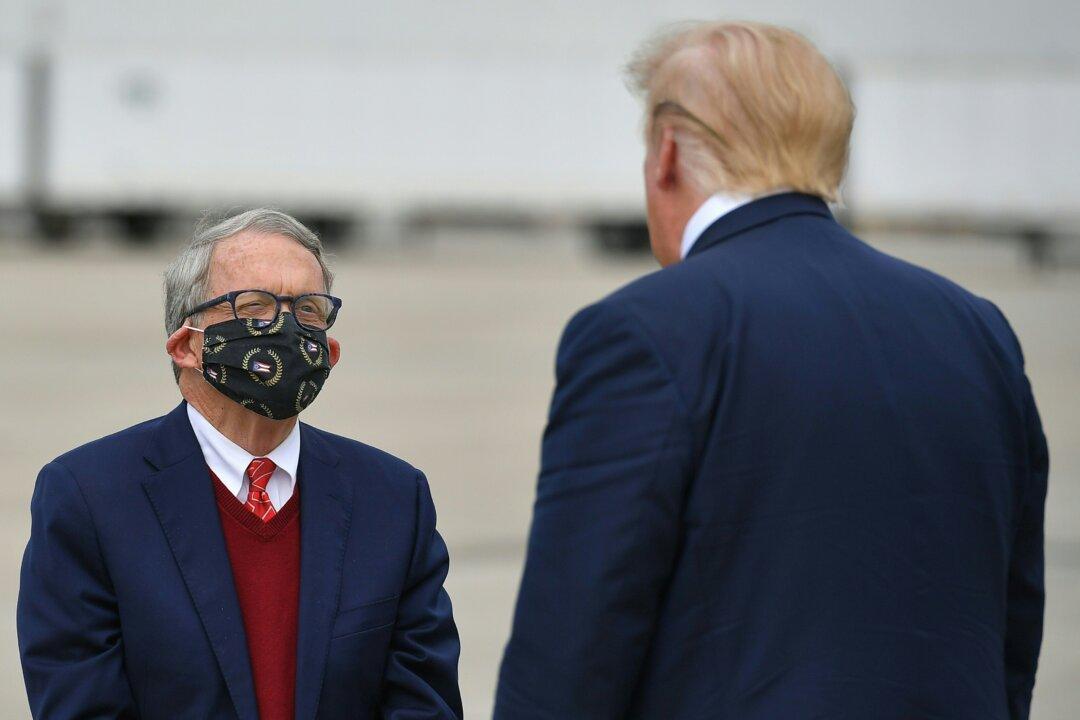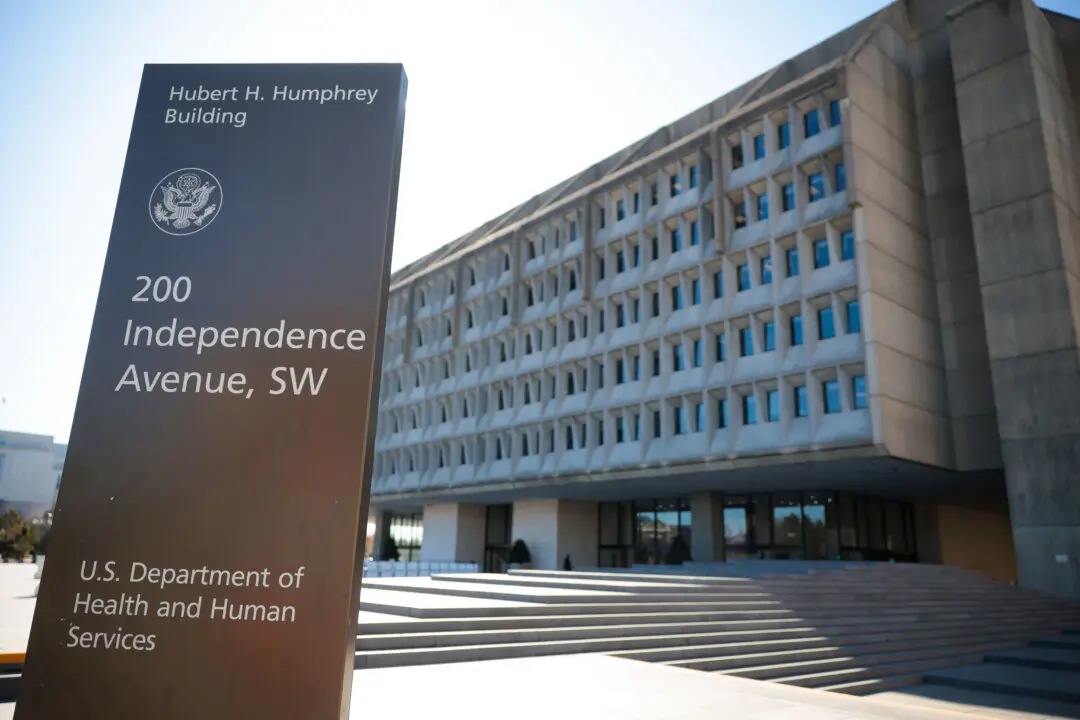Ohio’s governor has reimplemented a statewide mask requirement as he threatened to shut down businesses if the COVID-19 situation in the state doesn’t improve.
“We are now at the most crucial phase of this pandemic,” Gov. Mike DeWine said in a televised address on Nov. 11. “We’re in the midst of our third wave in Ohio.”





